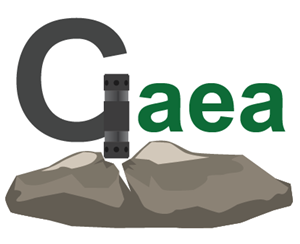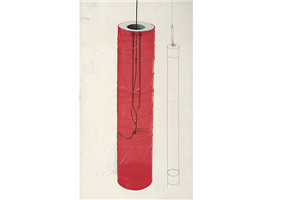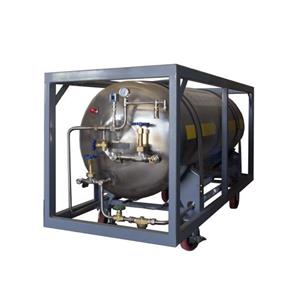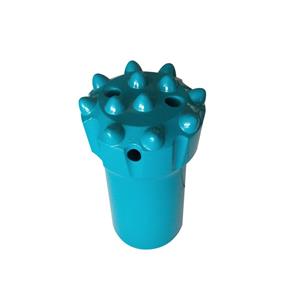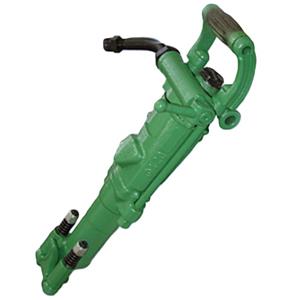Complex Formations Keep Causing Failures? What You Need Is a “Rock–Drill Matching Guide”
The core dilemma of underground rock drilling: the twin challenges of efficiency and safety On underground exploration and extraction sites, slow drilling penetration in complex formations is a persistent bottleneck that restricts progress. Even more serious than low efficiency are the cascading risks caused by choosing the wrong drill bit — this is not merely increased tool wear but a systemic safety hazard.
In formations with uniaxial compressive strength above about 15,000 psi, a wrong bit selection can be catastrophic: penetration rates can plunge by more than 50%, wear on bits increases dramatically, and worse, borehole collapse, stuck pipe and other major incidents can occur. These problems lead to schedule delays, soaring costs, and can even endanger personnel. Solving this requires finding the right match between bit and rock.

The key to breaking the impasse: the “golden matching principle” for bits and rock The revolution in underground drilling efficiency hinges on mastering the “golden matching principle” between drill bit and rock. Different rock types have fundamentally different physical properties (compressive strength, density, defect distribution), and different bit designs act like purpose‑built “underground tools.” Only by matching bit type precisely to formation characteristics can you maximize drilling effectiveness and balance efficiency with safety.
There is no universal bit, but there is an optimal choice for each formation. The following three core bit types correspond to different rock strength ranges and form the heart of the golden matching principle.
(a) Medium‑soft rock “gentle conqueror”: convex‑face bit The convex‑face bit is specifically suited to medium‑soft formations with compressive strength in the range of about 15,000–25,000 psi (1,033.5–1,722.5 bar). Typical target rocks include hard limestone, granite (note: granite can vary), sandstone, diabase, schist, and marble. Its advantages come from two main aspects:
Material properties: the bit material must have good cohesion and uniformity to ensure even stress distribution during drilling and resist flaking.
Structural design: the convex face geometry disperses drilling pressure, providing stability while efficiently breaking rock and minimizing excessive disturbance to the borehole wall.
(b) Medium‑hard rock “all‑rounder”: concave‑face bit The concave‑face bit has a broader application range and can handle formations from about 15,000 to 30,000 psi (1,033.5–2,067 bar), especially complex strata with cavities, faults or looseness. Its competitive edge lies in the narrow grooves on the bit face — these act as high‑speed channels for cuttings removal, rapidly evacuating rock debris generated during drilling. This greatly reduces build‑up and wear on the bit and maintains stable, efficient penetration across a variety of challenging formations.
(c) Hard rock “steel vanguard”: flat‑face bit The flat‑face bit is the specialist for hard formations, designed for compressive strengths above roughly 30,000 psi (2,067 bar). It can tolerate limited cavities and fractures. Its core strength is a very rigid head structure — like an impregnable battering ram — delivering high impact force to fracture very hard rock. In “tough” formations such as granite and gabbro, the flat‑face bit’s robust construction and superior rock‑breaking ability make it the go‑to choice for efficient hard‑rock drilling.
Choosing the right bit wins the day: the core value of efficient drilling Underground drilling is a battlefield of unknowns, with complex, variable formations as the primary adversary. Correct bit selection is the decisive weapon. Countless field data validate the golden matching principle: when bits are precisely matched to rock, drilling efficiency can improve by more than 30% and schedules can be shortened by nearly one‑third. At the same time, bit consumption drops, accident rates fall, and overall project costs decline significantly.
For underground exploration and extraction, mastering the golden matching principle is not a mere technical choice but a systematic control of efficiency, safety and cost. Only by selecting the right bit for the right rock can every drilling operation gain reliable momentum and achieve efficient breakthroughs underground.

